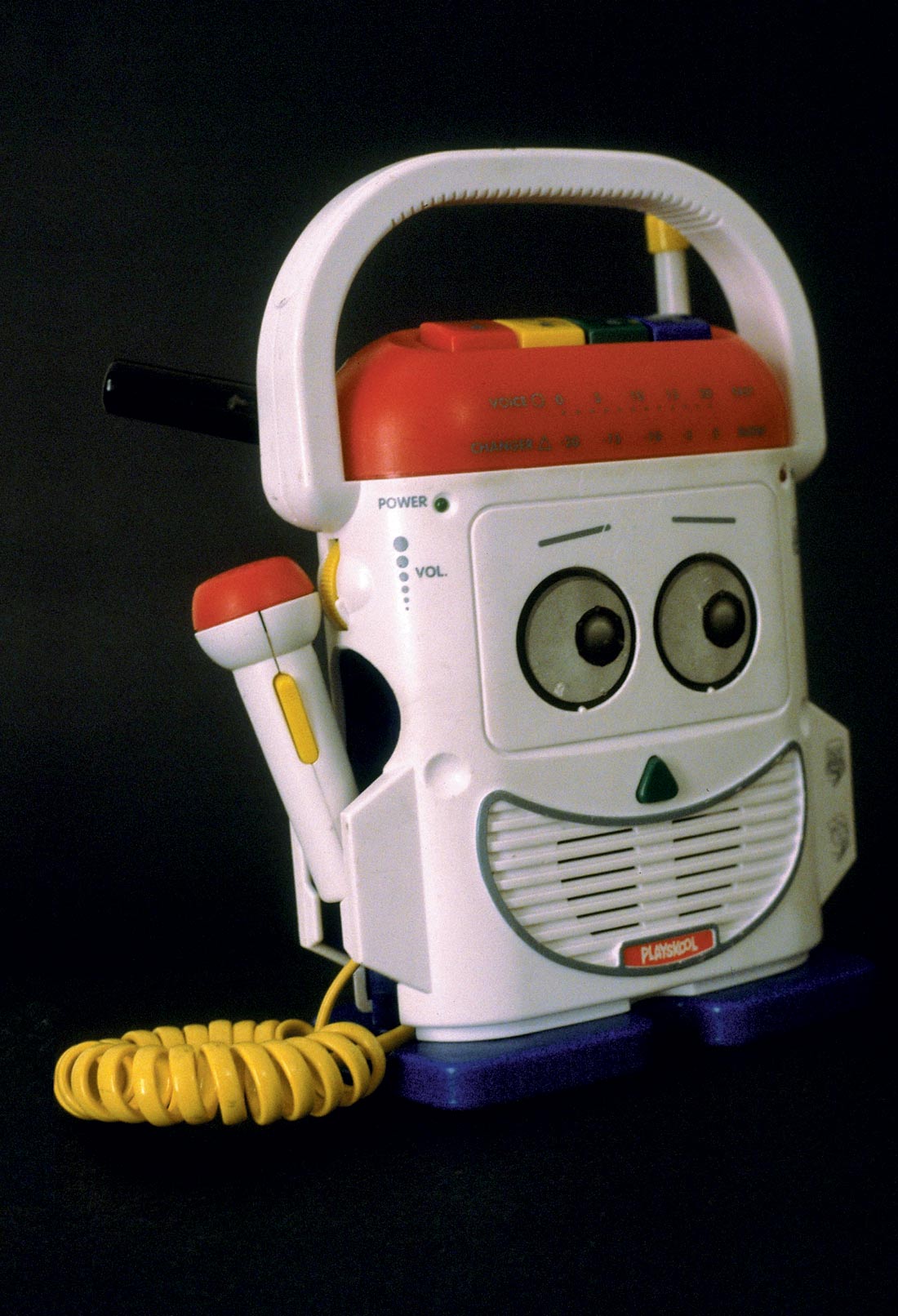The right-honorable Portastudio line has now entered the digital realm, and once again they've produced a well- engineered, affordable product. At the risk of sounding like I'm on the payroll, the 788 responds so well to such a wide variety of needs at such a cheap price that it's hard to imagine any other alternatives. The 788 is an 8-track machine with a 7.5 gig hard drive that can record at either 24 bit or 16 bit. It has 6 inputs, two of which are line level only, all of which have great A/D converters. I played with a lot of different units before buying this one, and found that almost all of them degrade the sound quality with some combination of data compression, 16 bit resolution, and/or low quality A/D converters. Not the 788. While the preamps are by the company's own admission "utilitarian", they are transparent. The preamps function well for getting ideas down, but anybody with an ear towards issuing what they record should give serious thought to buying a decent outboard preamp. There are 250 tracks available, any 8 of which can be controlled by the faders at any given time (the rest remaining "virtual"). This makes it extremely easy to try out different arrangements for a song, or do several takes at a solo. Since digitally bouncing tracks doesn't degrade the quality, several people have also used this feature to increase the number of tracks they can record, bouncing tracks down to stereo pairs. There are two effects loops built into the 788, both of which offer very solid digital effects. Unfortunately, they are most definitely digital effects. The world does not need more digital reverb. The world does not need more simulated distortion. However, the pitch shifter is extremely solid, offering good response time and is adjustable to very small increments, which is useful for managing hard-to-tune instruments and creating chorus effects. The flange lets you adjust the depth while keeping the rate at zero, which is useful for simulating a mic placement. The compressor on board will meet or exceed the needs of most home recordists, and is comparable to most mid-range digital units. One of the inputs also has a HiZ switch to accommodate guitar or bass signals going direct and which, when used in combination with one of the effects loops, provides some amp simulation. Once tracks are recorded, the data can be backed-up onto the CDR-788 unit - which is sold separately. At less than fifty cents per disc, this is an incredibly cheap way to store raw data. Tracks are mixed to an internal stereo pair (as opposed to using 2 of your 8 channels), which can then be burned directly to CDR as playable tracks. There are more features than can really be listed here, and I'd suggest that anybody that's in the market for a digital 8-track go to TASCAM's site and download the specs and manual. Even with half the features, the well thought-out design of this unit would make it a winner. To top it all off, TASCAM hosts a 788 bulletin board on their site, moderated by one of the engineers who designed the unit and wrote part of the manual. He usually answers questions within an hour or two of having received them, often even on weekends. If there is a major problem he will get on the phone. In one instance, he offered to fix somebody's unit personally just to make sure it got taken care of. For lots of people, this bit of amazing customer service is what made the decision for them. Life without tape hiss is very good indeed. (www.tascam.com)
500 Series, Mic Preamps | No. 129
500CS Channel Strip
by Scott McDowell
My studio in San Francisco is built around an Avid control surface instead of an analog console. Because of that, I rely exclusively on outboard to get sounds before I leave the "infinite sample rate"...




_disp_horizontal_bw.jpg)